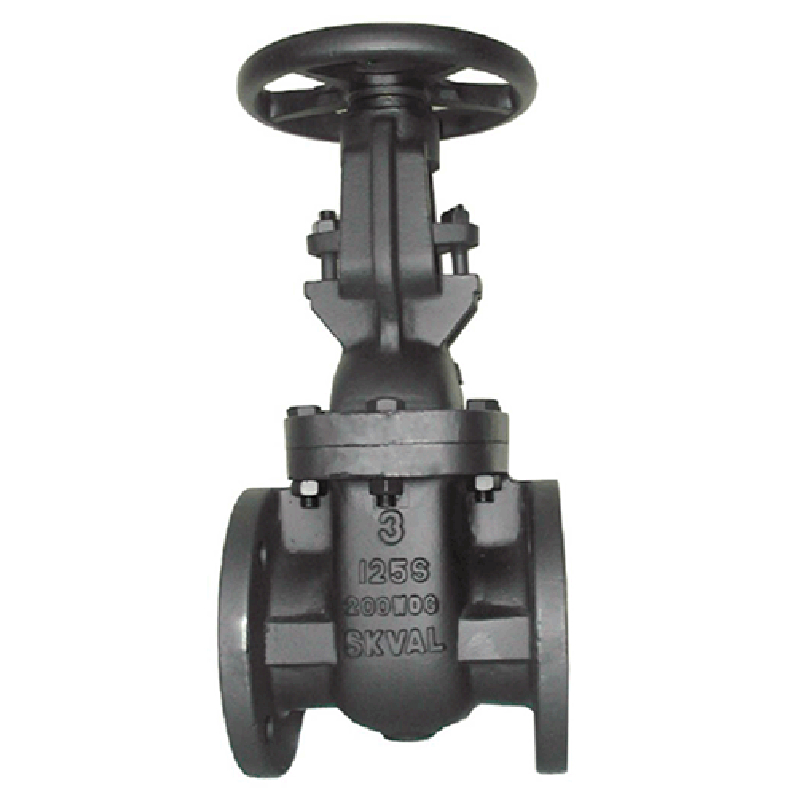Dec . 26, 2024 06:59 Back to list
lined check valve
Understanding Line Check Valves Essential Components in Fluid Control Systems
In various industrial applications, efficient fluid control is paramount to ensuring safety and operational effectiveness. One critical component that plays a significant role in this regard is the line check valve. Also known as a non-return valve, the line check valve is designed to allow fluid to flow in one direction while preventing backflow. This article will explore the functionality, types, applications, and maintenance of line check valves, highlighting their importance in fluid systems.
Functionality of Line Check Valves
The primary function of a line check valve is to maintain unidirectional flow within a piping system. This is crucial in preventing potential backflow that could contaminate supply sources, cause equipment damage, or create hazardous conditions. The valve typically consists of a body, a seat, and a disc (or ball) that opens and closes in response to pressure changes within the system. When fluid flows in the intended direction, it lifts the disc off the seat, allowing fluid to pass. Conversely, if there is any attempt at backflow, the disc falls back onto the seat, sealing the flow path and preventing reverse movement.
Types of Line Check Valves
Line check valves come in various designs, each suited for specific applications and fluid types. The most common types include
1. Swing Check Valves This type features a hinged disc that swings open with forward flow and closes against the seat when flow direction reverses. They are ideal for large diameter pipes and applications with lower flow rates.
2. Lift Check Valves These utilize a disc that moves vertically to allow flow and is held in place by gravity when the flow stops. Lift check valves are often employed in high-pressure applications and are suitable for a wide range of fluids.
3. Ball Check Valves Using a spherical ball to block backflow, this type is suitable for smaller pipes and can handle high flow rates. They provide reliable sealing and are commonly found in irrigation and plumbing systems.
4. Diaphragm Check Valves These valves employ a flexible diaphragm instead of a traditional disk, providing a tight seal with minimal leakage. They are often used in sanitary and corrosive applications due to their ability to prevent fluid contamination.
lined check valve

Each type of line check valve is engineered to balance factors such as flow characteristics, pressure drop, and sealing capabilities, ensuring optimal performance in its intended application.
Applications of Line Check Valves
Line check valves are utilized across a diverse range of industries, such as
- Water and Wastewater Treatment To prevent backflow that could introduce contaminants into the potable water supply or treatment systems.
- Oil and Gas Industry To protect equipment and pipelines from reverse flow, which could lead to significant operational risks and environmental hazards.
- Manufacturing Processes In various manufacturing systems, check valves help maintain the integrity of fluid transport, ensuring process efficiency and safety.
- HVAC Systems Used in heating and cooling systems, check valves maintain the direction of fluid flow, ensuring effective heating or cooling without unwanted backflow.
Maintenance Considerations
To ensure the longevity and reliable performance of line check valves, regular maintenance is essential. Operators should perform periodic inspections to identify any signs of wear, such as leakage or corrosion. It's also important to verify that the valve's seating surface is in good condition and that the disc operates freely without obstruction. If any issues are detected, timely repairs or replacements should be made to prevent system failures.
In conclusion, line check valves are integral components in fluid control systems, offering critical functionality across multiple industries. By facilitating unidirectional flow and preventing backflow, they protect systems from potential hazards and contribute to overall operational efficiency. Understanding the different types, applications, and maintenance requirements of line check valves can help engineers and operators make informed decisions, ensuring their systems function safely and effectively. Investing in high-quality check valves and implementing a proactive maintenance strategy will ultimately lead to more reliable operations and enhanced safety in fluid management systems.
Share
-
Reliable Wafer Type Butterfly Valves for Every IndustryNewsJul.25,2025
-
Reliable Flow Control Begins with the Right Ball Check ValveNewsJul.25,2025
-
Precision Flow Control Starts with Quality ValvesNewsJul.25,2025
-
Industrial Flow Control ReliabilityNewsJul.25,2025
-
Engineered for Efficiency Gate Valves That Power Industrial PerformanceNewsJul.25,2025
-
Empowering Infrastructure Through Quality ManufacturingNewsJul.25,2025